In the wake of a very divisive election cycle, it's important that we have a conversation about how to bring people together on common issues and move forward toward solutions that benefit as many Americans as possible. And it's important that working people be a part of that conversation.
One of the keys to having a productive conversation is to make sure everyone is working from the same set of definitions and using words the same way. For instance, if I say the word "blue" and I intend it to mean this:

But because of your background and experiences, what you think of is this:

Then our conversation going forward is going to be problematic, at best. And in terms of the bigger conversation we're trying to have, it matters less what the specific definitions are and more what the larger point is. So, to move forward, we need to make it clear that when we use certain words, we are trying to convey certain things, even if others might use those same words differently. Fighting over definitions is a distraction from the real work we need to do.
So instead of that, let's start conversations by making it clear what we mean by the words we are using. The AFL-CIO isn't starting this conversation today. We've had conversations with experts and community members and allies about topics such as racial and economic justice. Here are some key definitions that came out of these conversations. When you hear us talk about these issues, these are the definitions we are doing our best to use.
Power: The ability to decide who will access resources; the capacity to direct or influence the behavior of others, oneself and/or the course of events.
Privilege: Unearned access to resources and/or social power only readily available to some people as a result of their advantaged social group membership. Determining who has privilege or disadvantage is complex, because cultural, social and historical changes affect which groups are privileged and which groups are not.
Oppression: A system that maintains advantage and disadvantage based on social group memberships and operates, intentionally and unintentionally, on individual, institutional and cultural levels. Oppression fuses institutional and systemic discrimination, personal bias, bigotry and social prejudice in a complex web of relationships and structures that saturate most aspects of life in our society.
Implicit bias: A preference for prejudice against a person or group of people; and one that operates without our conscious knowledge.
Prejudice: A prejudgment or unjustifiable, and usually negative, attitude of one type of individual or groups toward another group and its members. Such negative attitudes are typically based on unsupported generalizations or stereotypes that deny the right of individual members of certain groups to be recognized and treated as individuals with individual characteristics.
Race: A sociohistorical category used to divide people into populations or groups based on physical appearance, such as skin color, eye color, hair color, etc.
Ethnicity: A category that describes membership in a group based on real or presumed common ancestry, shared languages and/or religious beliefs, cultural heritage, and group history.
Interpersonal racism: When an individual shows negative ideas or actions toward another race or culture not their own. All types of people have these attitudes, but these attitudes are most obvious in the white-dominated society we live in.
Internalized racism: When, either knowing it or not, someone has negative ideas about themselves or their race or culture. These negative images come from racist ideas and images put out in society claiming that white people are superior. Basically, this is someone who feels their race or culture is bad, or at least not as good as the white culture and race.
Institutional racism: The laws and practices that institutions create in order to benefit white people at the expense of people of color. The outcomes of these policies and practices always have negative effects on people of color. Institutional racism is different from interpersonal or internalized racism because it does not just affect one person; it affects large groups of people at once. The flip side of institutional racism is white privilege, the fact that white people have social advantages in things like getting jobs, getting into college and running government and business.
Malicious racism: Malicious racism is deliberate, ugly, obvious and socially destructive. Examples include using hateful language or attacks on people solely based on race. Most people in America today condemn this form of racism. But insisting that this kind of overt, deliberately malicious racism is the only form that racism can take allows people to claim that racism is largely a thing of the past and that anything short of racial epithets and violence aren't racist. These things are clearly not true.
Coded racism: Coded racism works by invoking racial stereotypes. The coded part comes in when people deploy these stereotypes without expressly mentioning race. They seem race-neutral, but they incite powerful reactions.
Routine racism: For most of us, racism is routine. It means that ideas we take for granted, that are "common sense," are shaped by stereotypes. They are part of our everyday understanding of the world, even for people who mean well, and even for people of color.
Strategic racism: The decision to manipulate the racial fears and hatred of others for selfish ends. The "strategy" in strategic racism is to divide and conquer, and it has been at the core of America's politics for the past half-century.
While these definitions are explicitly referring to racial and economic justice, they greatly parallel definitions we would list for talking about justice and equality for women, the LGBTQ community, immigrants, people with disabilities and other groups that face systemic prejudice and oppression. Moving forward, we will continue to discuss this broader set of issues related to justice and equality and pathways toward workable solutions.

